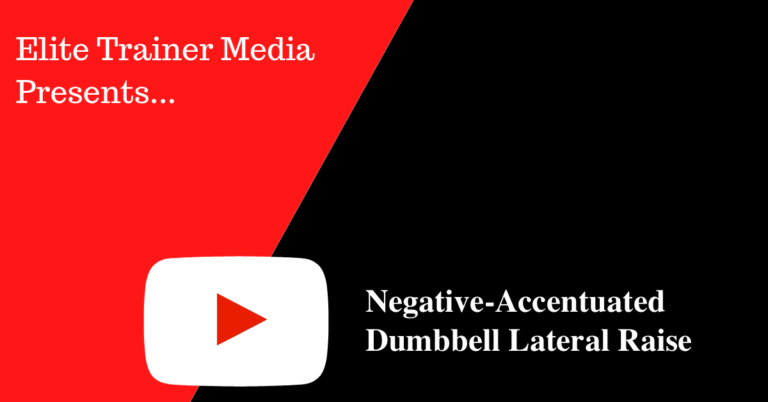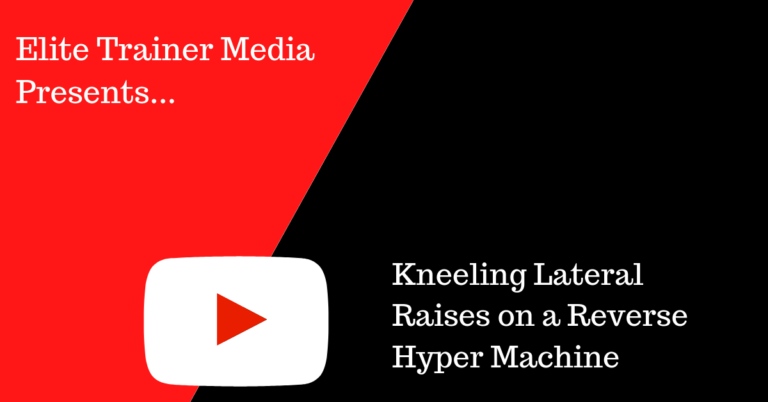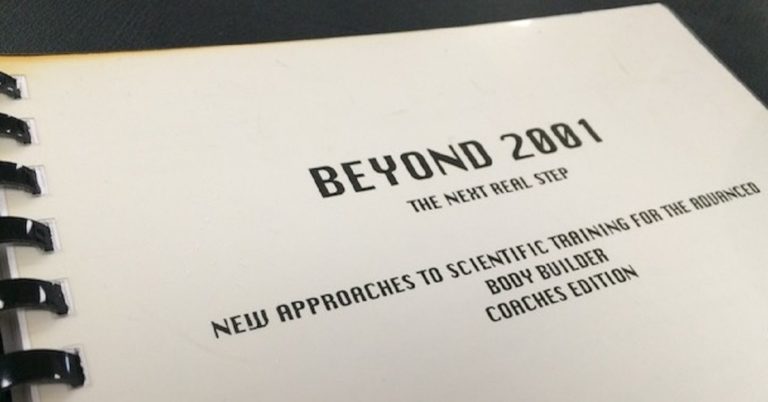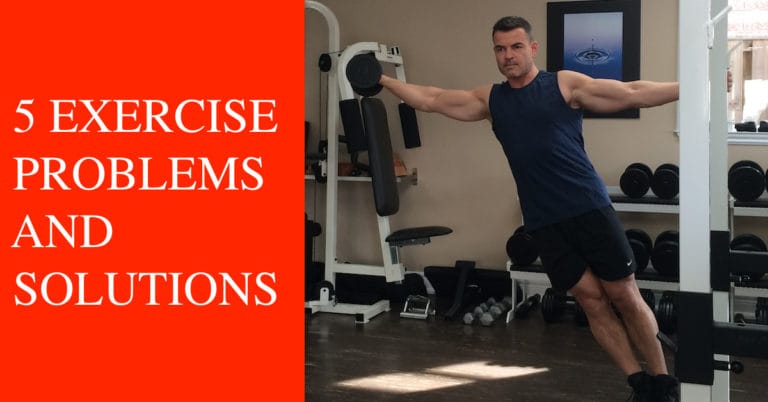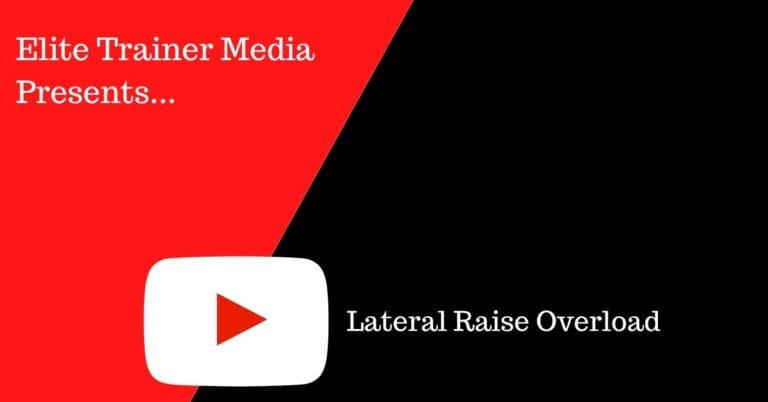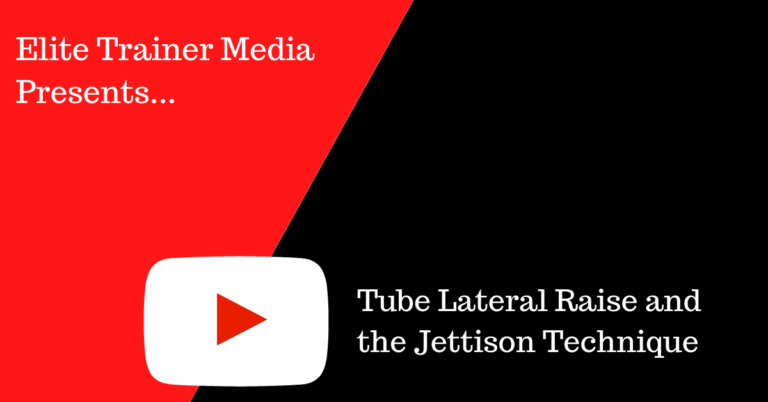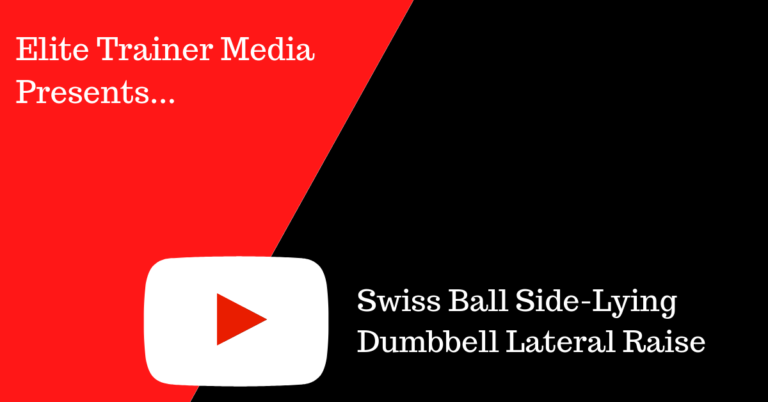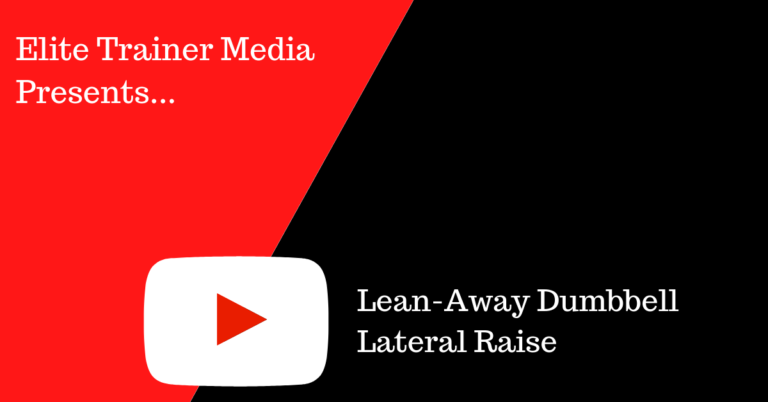Try negative-accentuated lateral raises in your next workout. Simply raise the dumbbells with bent arms and lower them slowly with your arms straight. Make sure to have a fire extinguisher nearby! Learn more negative-accentuated methods in Eccentric Training: How to Obtain Positive Results From a Negative Action.
A “super” combo to finish off an upper-body workout involves the standing cable crossover and the bent-over dumbbell lateral raise. Do 3 sets of 15-20 reps each with little to no rest in between the pair. For more great exercise pairs, check out Everything You Need To Know About Supersets And More – Part 1…
There are certain exercises that are simply too uncomfortable or seem to fatigue everything but the target muscle. Usually, you just stay away from them, but with some ingenuity, you can often find a solution to the problem. Here are five examples that are common in the gym: Front Squat Problem: Hard on wrists Solution:…
We know that a greater contribution of the supraspinatus is required during the first 15-30 degrees of a lateral raise and medial deltoid activity peaks at 90-120 degrees. So how do we use this information to our advantage? Well, if you want to stress the supraspinatus fibers more, like during rehab from a rotator cuff…
For more information, check out Muscle Devices And Weight Room Alternatives.
If your goal is to build “barn door” wide shoulders, try tube laterals where you overload the top range. Here’s an example of elastic resistance providing a greater overload where you want it. For fun, combine them with dumbbells and use a jettison technique where you release the tube once you reach failure and continue…
We know that a greater contribution of the supraspinatus is required during the first 15-30 degrees of humeral abduction (which is a technical way of saying “a lateral raise”), and medial deltoid activity peaks at 90-120 degrees. So how do we use this information to our advantage? Well, if you want to stress the supraspinatus…
If your goal is to build “barn door” wide shoulders, lean-away dumbbell laterals allow you to overload the top range of the movement where greater activity of the medial deltoid occurs.

